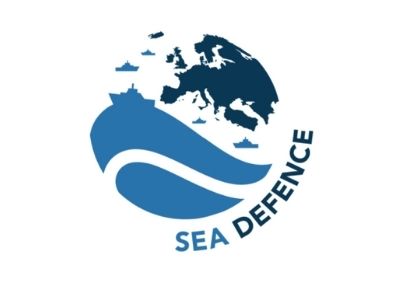Project References
SEA DEFENCE Project

- WP1: Project coordination and management.
- WP2: Scenario Based Capability Requirements.
- WP3: Lower Detectability.
- WP4: Higher Survivability.
- WP5: Enlarging the Operability of Ship Platform.
- WP6: Improved Electric Power Generation and Storage.
- WP7: Extreme Climates.
- WP8: Topside.
- WP9: Increased Automation and Autonomy.
- WP10: Project Impact, Recommendations, Dissemination and Exploitation.
The objective of this project is to map the technologies with the potential to increase the effectiveness of operability for each aspect addressed in the work packages with recommendations that will be made according to their usefulness for current and next generation naval platforms.
For this project, TSI participates in work package 3, which focuses on the reduction of ship platform emissions, and specially on the reduction of both acoustic and vibration detectability, thanks to TSI’s extensive experience in these fields. The tasks to be carried out by TSI consist of the following:
- Identify potential innovative or developing technologies intrinsically linked to vibration and noise reduction. TSI has classified the technologies identified into 5 different categories according to their field of application:
- Reduction and/or damping of vibration and noise from machinery.
- Vibration and noise absorbing metamaterials
- Applied in the propeller.
- Reduction of hydrodynamic noise.
- Others (optimisation of equipment and consumption).
Together with their identification, a roadmap of technologies will be elaborated in order to indicate those more favourable to its development. These indications are based on the requirements of the technical specification.
- Study and evaluate the impact that these technologies will have on the detectability of the vessel and/or naval platform, complemented with a GAP analysis, prioritising them according to their stealthiness, their impact on the naval architecture and their operability in different scenarios and situations.
- Select those that, according to TSI’s criteria and its knowledge in this field, fulfil the purpose of the project and define the possible lines of research and development for those technologies with potential. To this end, technical specification requirements, the development of acoustic control methodologies and a qualitative analysis of the reduction of threats in the proposed scenarios will be carried out.



